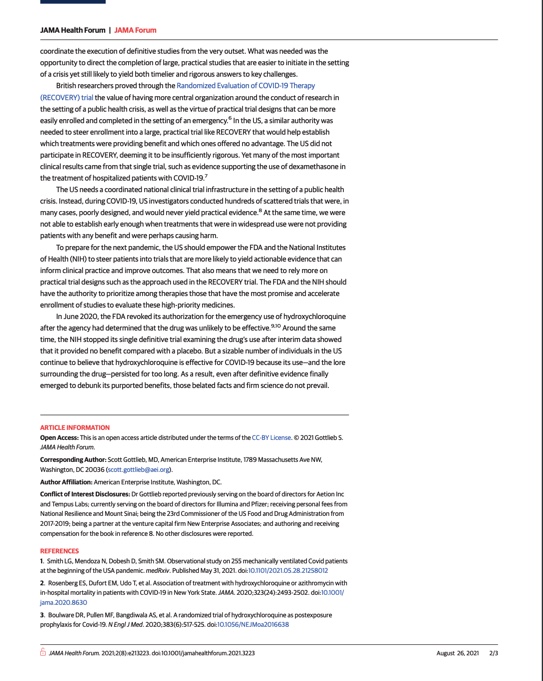
THREAD: Delta is highly contagious and hard to control. With more schools reopening in northeast, we must double down on efforts to prevent outbreaks. A missed opportunity is use of routine screening tests to identify outbreaks, avoid quarantines. Here's how to leverage testing:
First, the opportunity: The feds made available $10 billion from the American Rescue Plan to ramp up screening testing to help schools reopen and provided new guidance on asymptomatic screening testing in schools, workplaces, and congregate settings.
hhs.gov/about/news/202…
hhs.gov/about/news/202…
Most school reopen plans focus on looking for kids with Covid symptoms. Yet research shows symptom screening alone won't enable schools to contain outbreaks. 40% of cases may be asymptomatic; 50% transmission occur from asymptomatic persons. Testing is key nejm.org/doi/full/10.10…
The goal is to keep kids safe and preserve in class learning. Studies show weekly testing can help. In one analysis, 5-day school attendance with weekly screening had lower cost than hybrid models without screening and similarly low rates of transmission
medrxiv.org/content/10.110…
medrxiv.org/content/10.110…
Utah’s ‘Test to Stay’ programs used rapid antigen tests to screen kids and showed that school-based Covid screening can be feasible part of a comprehensive, multicomponent approach that helps sustain in-person instruction and extracurricular activities
ncbi.nlm.nih.gov/pmc/articles/P…
ncbi.nlm.nih.gov/pmc/articles/P…
The Utah program was partly modeled on an approach used in a NJ school. By identifying 1,886 cases among students, Utah’s programs likely helped reduce Covid transmission in schools and communities through isolation of students with diagnosed infections
ncbi.nlm.nih.gov/pmc/articles/P…
ncbi.nlm.nih.gov/pmc/articles/P…
Test to Stay protocols can help schools avoid large quarantines when cases are identified. They're being used in states such as MA, UT, ND. In Mass people who've had close contact with confirmed infection can take rapid tests daily rather than quarantine
patriotledger.com/story/news/202…
patriotledger.com/story/news/202…
Studies show weekly screening of students, teachers, and staff can reduce in-school infections. But logistical requirements are complex. Groups like Rockefeller and Duke Margolis are helping by providing guidance, logistical support to school districts.
rockefellerfoundation.org/covid-19-respo…
rockefellerfoundation.org/covid-19-respo…
Technological advances make routine testing much more feasible. Spit tests that don’t require swabs can be cheap, easy, reliable. Antigen tests are accessible and return results quickly. For older kids, self-swabs of the anterior nares can be used
news.usc.edu/184586/rapid-c…
news.usc.edu/184586/rapid-c…
But schools need turnkey solutions. California built its own lab. New York City uses spit tests provided by Mount Sinai Hospital. The Broad is doing testing for many New England schools. Private testing companies are stepping in too to assist many states.
apnews.com/article/health…
apnews.com/article/health…
Testing done once (or ideally twice) a week can be a key tool in keeping kids safe and keeping kids in the classroom. Schools aren’t inherently safe from Covid but can be made safer with the right tools and approaches. Testing should be a part of that.
journals.plos.org/plosone/articl…
journals.plos.org/plosone/articl…
• • •
Missing some Tweet in this thread? You can try to
force a refresh









